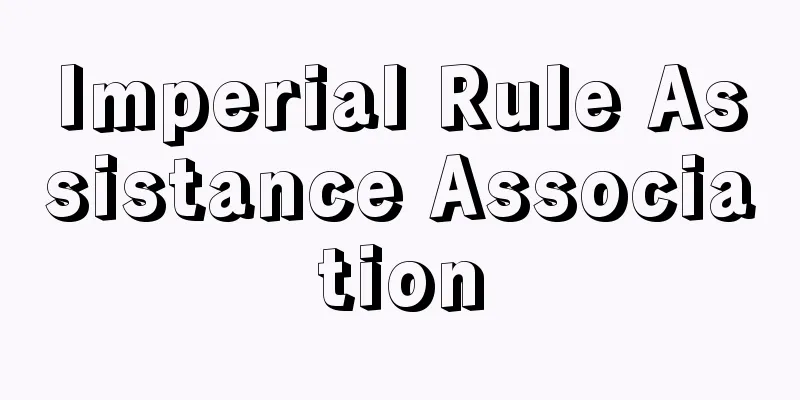Molecular orbital method

|
Abbreviated as MO method. A type of approximation method for determining the electronic state of molecules. In contrast to this, there are approximation methods known as the atomic orbital method (AO method) or valence bond method (VB method). Even if Schrödinger's wave equation is applied to molecules with many electrons, it cannot be solved due to the addition of many-body and multi-center problems. For this reason, various approximation methods have been used, but the starting point of these ideas can be broadly divided into the MO method and the AO method. In both cases, the molecular orbital functions are usually constructed using atomic orbitals (atomic wave functions). In the AO method, molecules are considered from the standpoint that electrons are strongly bound to the constituent atoms, while in the MO method, electrons are considered to be free from atoms and spread throughout the molecule. In this way, the AO method emphasizes the individuality of the constituent atoms, but the MO method ignores this. Source: Morikita Publishing "Chemical Dictionary (2nd Edition)" Information about the Chemical Dictionary 2nd Edition |
|
略称MO法.分子の電子状態を定める近似法の一種.これに対して,原子軌道法(AO法)または原子価結合法(VB法)とよばれる近似法がある.多電子系の分子にシュレーディンガーの波動方程式を適用しても,多体問題や多中心の問題が加わって解くことはできない.そのため,いろいろな近似方法が行われているが,それらの考え方の出発点となっているものがMO法とAO法に大別される.どちらも分子軌道関数は,普通,原子軌道(原子の波動関数)によって組み立てられる.AO法では,電子は構成原子に強く束縛されているという立場から分子を考えるのに対して,MO法では,電子は原子から解放されて分子全体に広がっていると考える.このように,AO法では構成原子の個性を重視するが,MO法ではこれを無視する. 出典 森北出版「化学辞典(第2版)」化学辞典 第2版について 情報 |
Recommend
Aphrodita japonica (English spelling) Aphroditajaponica
… [Minoru Imajima]. … *Some of the terminology th...
Osaka Prefecture - Osaka
A prefecture in the central west of the Kinki regi...
Chenonceaux (English spelling)
A small village with a population of 358 (1982) lo...
Uranium extraction from seawater
A method to extract extremely small amounts of ura...
Henry [IV] - Henry
King of France (reigned 1589-1610). Founder of the...
centimeter
[1] A word used to denote one hundredth of a metri...
Matama [town] - Matama
A former town in Nishi-Kunisaki District, in the n...
Horaisanjinkikyo Bridge - Horaisanjinkikyo Bridge
A humorous book author from the late Edo period. D...
Akebia imitation - Akebia imitation
...The following two species are commonly cultiva...
Requiem shark (English spelling)
A general term for marine fish of the genus Carcha...
DaryaeLatafat (English spelling)
…The oldest collection of poems is Kulliyāt (1824...
Langland, W.
…A long religious poem attributed to the 14th cen...
Ionian nation - Ionian country
In 1866, a railway line was opened linking the to...
Culex pipiens pallens (English spelling) Culexpipienspallens
… [Takeshi Kurihara]. … *Some of the terminology ...
calisthenics
…In Japan, it became popular in 1954 when NHK beg...









